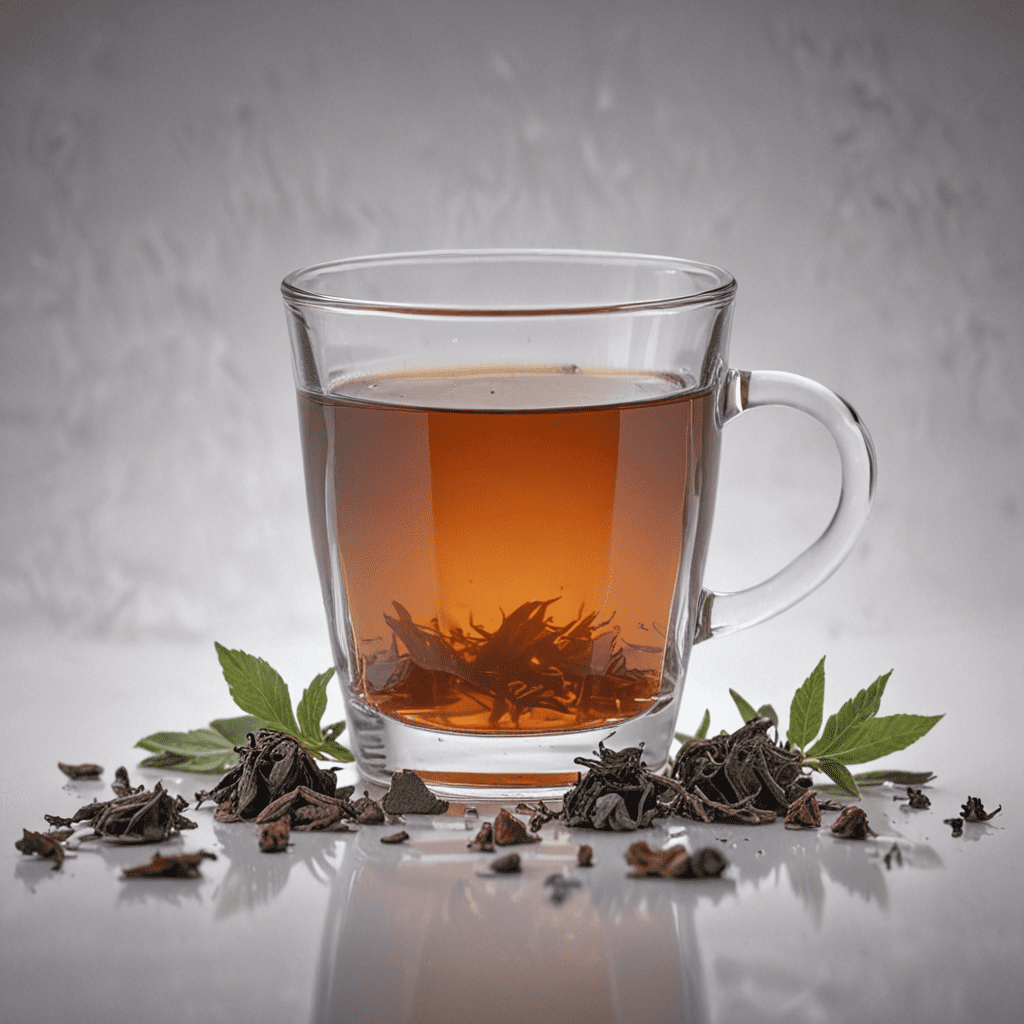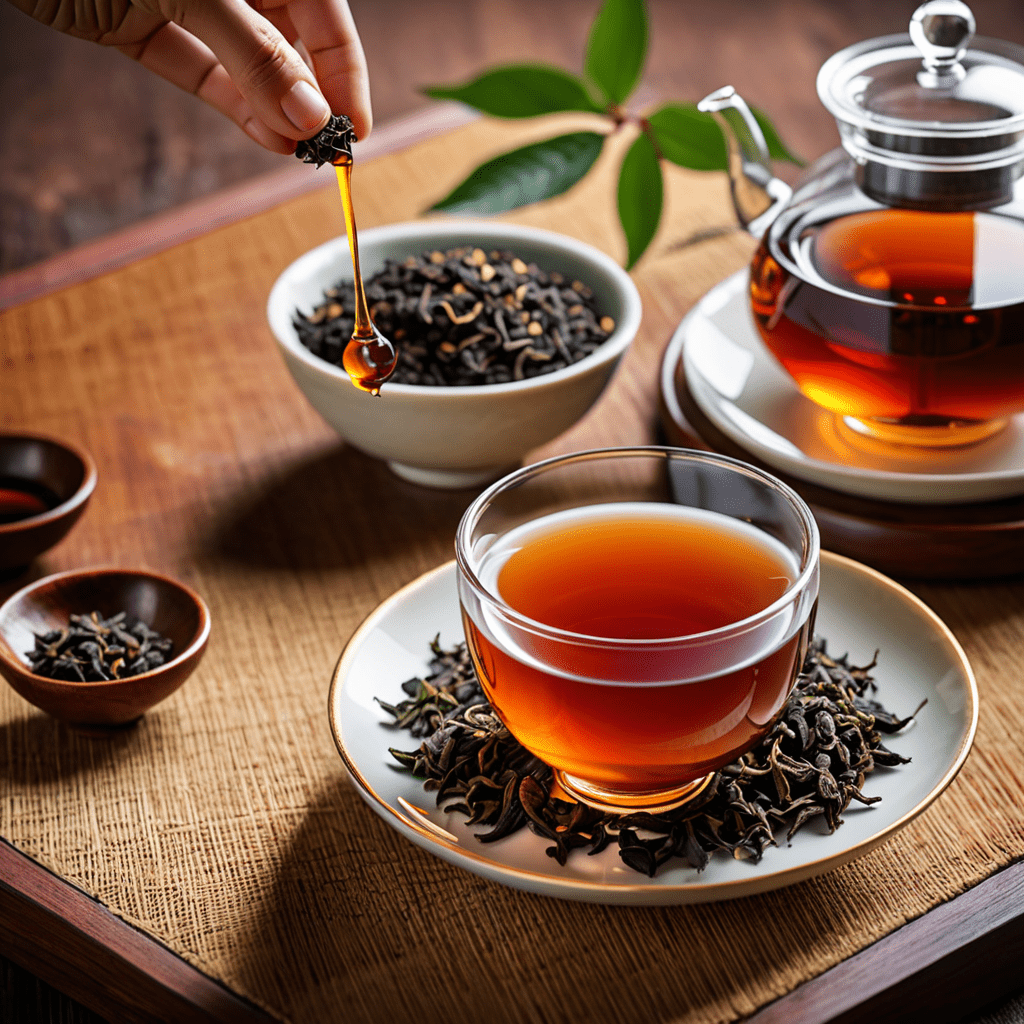
1. Introduction to Chai:
Chai, an enticing blend of aromatic spices and tea, holds a treasured place in the world of beverages, with its history deeply rooted in the Indian subcontinent. It transcends mere refreshment, embodying cultural heritage and regional nuances. Its captivating fusion of flavors has charmed palates across the globe, establishing chai as a beloved companion for both intimate moments and bustling gatherings.
2. The Spice Symphony of Chai:
The essence of chai lies within its symphony of spices, each contributing distinct notes to the aromatic chorus. Ginger, with its fiery zest, lends a stimulating warmth, while cardamom unfolds a sweet fragrance. Cloves bring forth a hint of piquancy, and cinnamon whispers subtle nuances of sweetness. Black pepper adds a touch of intrigue, enhancing the blend's complexity. This harmonious symphony of spices not only delights the senses but also bestows reputed health benefits, ranging from aiding digestion to boosting immunity.
3. Unveiling the Masala Blend:
Masala, the quintessential spice blend for chai, varies subtly across regions, reflecting diverse culinary traditions. In Northern India, a robust blend known as "garam masala" dominates, featuring assertive spices like black pepper and cloves. Southern India favors a milder "madras masala," where star anise and fennel seeds impart a delicate sweetness. While cardamom remains a constant, each region's unique melange of spices imparts a distinctive character to the beloved beverage.
4. The Art of Brewing Chai:
Crafting the perfect cup of chai is an art form that blends tradition with personal preferences. Traditionally, chai is simmered in a pot with milk, water, and the masala blend, gently coaxing out the spices' aromatic essence. However, modern adaptations introduce variations like using tea bags or even instant chai mixes for convenience. Regardless of the method, achieving the ideal balance of flavors remains the ultimate goal, where the spices and tea harmonize without overpowering each other.
5. Exploring the Tea Base:
Black tea serves as the traditional canvas for chai, its robust character providing a sturdy foundation for the spice symphony. However
6. The Sweet Symphony:
Chai's allure owes much to its sweet symphony, traditionally achieved with natural sweeteners like honey or jaggery. Honey's delicate floral notes complement the spices harmoniously, while jaggery, a concentrated cane sugar, adds a rich, caramel-like sweetness. Beyond these traditional choices, a myriad of flavorings can enhance chai's sweetness, including maple syrup, coconut sugar, or even a dash of vanilla extract, allowing for endless variations that cater to diverse palates.
7. The Rise of Global Chai:
Chai's captivating flavors have transcended South Asia's borders, captivating palates globally. In Western cultures, chai has found a niche in coffee shops and tea houses, where it's often infused with variations that reflect local tastes. From the addition of vanilla or cinnamon to the use of alternative milk sources like soy or almond milk, chai's adaptability has fueled its global embrace.
8. Chai for Every Occasion:
Chai's versatility extends beyond its taste, seamlessly adapting to diverse occasions. It serves as a comforting companion for festive celebrations, from Diwali in India to Christmas in the West, where its warm embrace evokes a sense of togetherness. Furthermore, chai transcends cultural boundaries, making its presence felt in daily life, whether as a refreshing morning beverage, a mid-afternoon pick-me-up, or a soothing nightcap.
9. The Health Elixir:
Chai's reputation as a health elixir stems from its rich antioxidant content, primarily attributed to the spices used in its preparation. The antioxidants combat free radicals, protecting the body against oxidative stress and its associated health risks. Additionally, chai's inherent spices have been traditionally used in Ayurvedic medicine for their digestive and immunity-boosting properties, adding a layer of holistic well-being.
10. Conclusion:
Chai's enduring legacy and global embrace speak to its timeless appeal, a testament to the harmony of flavors and the comforting embrace it offers. Its exotic essence and versatile nature have captivated hearts and palates worldwide, making it a cherished companion for moments both intimate and shared. Whether relished as a traditional brew or embraced in its modern adaptations, chai continues to enchant, offering a journey through exotic flavors that warm the soul and tantalize the senses.
FAQs:
What are the key ingredients of chai?
- Black tea, milk, water, and a blend of aromatic spices such as ginger, cardamom, cloves, cinnamon, and black pepper.
How is chai traditionally prepared?
- Chai is traditionally prepared by simmering black tea with milk, water, and the spice blend in a pot until the flavors meld harmoniously.
Can chai be made without milk?
- Yes, chai can be made without milk by using plant-based milk alternatives like soy milk, almond milk, or oat milk.
What are the health benefits of chai?
- Chai contains antioxidants and spices that have been traditionally used in Ayurvedic medicine for their digestive and immunity-boosting properties.
Where can I find chai?
- Chai can be found in coffee shops, tea houses, and grocery stores worldwide. It's also available in tea bags or instant mixes for convenience.


